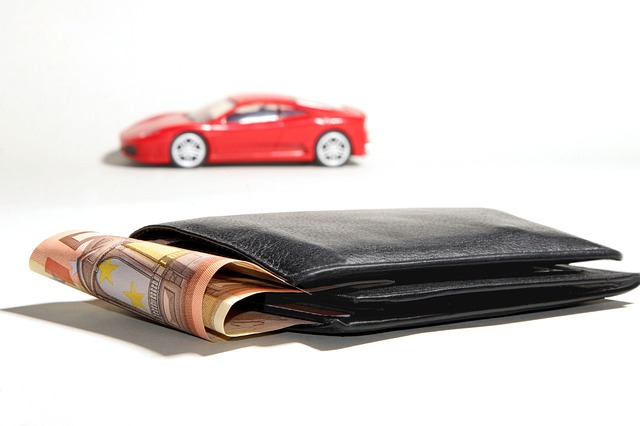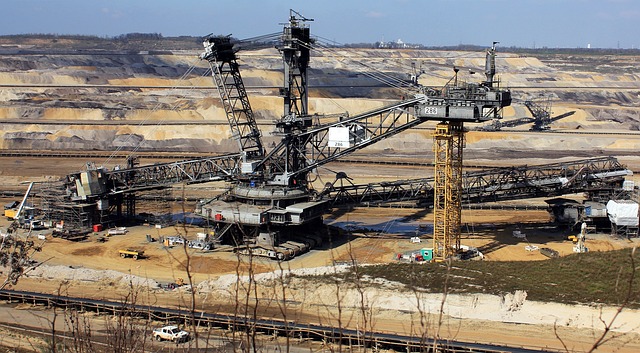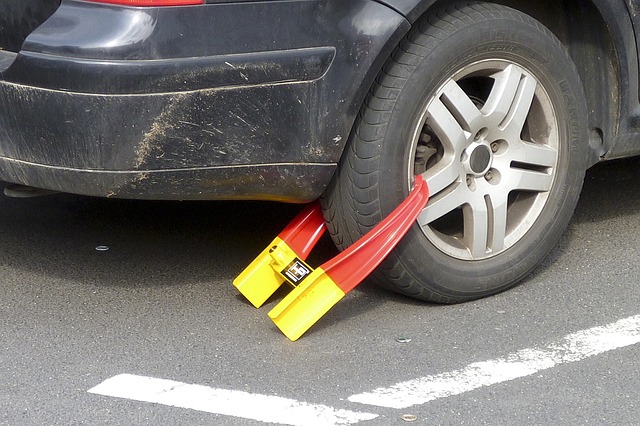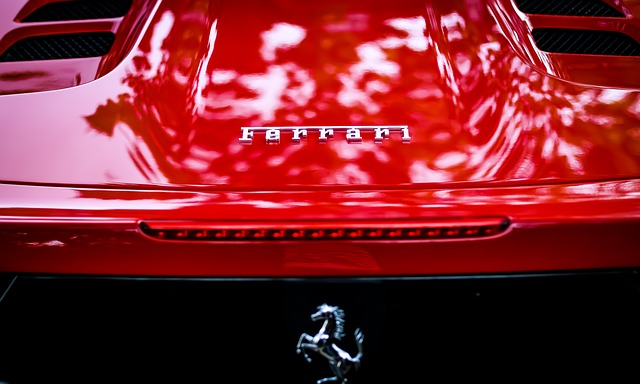More and more drivers are trying to learn how to drive economically. In many cases, this not only saves their wallets, but also their engines. Passengers will appreciate the added smoothness of economical driving. But what people no longer agree on so much is the question that is being actively debated on the Internet and in pubs: which is better, cruising or engine braking? Which option is generally better? It isn\’t. Each has its advantages and disadvantages, and each is suitable for very different situations. So the best answer is to learn to combine both options!

Engine braking
Modern cars consume zero fuel when you take your foot off the gas pedal and leave it in gear. This is due to a mechanism that, instead of injecting fuel, lubricates the engine and keeps it running with the kinetic energy of existing motion. As a result, resistance is created when driving or decelerating. So there are two savings: the first is in gasoline, and the second is in brake wear and tear from using the brakes. They are used on downhill slopes where there is no need to speed up, where the brakes could overheat, where there is ice, and in other places where you generally need to keep control of the car.
Neutral driving
Actually, unlike the first option, fuel consumption occurs here. In fact, the engine must remain idling at least at minimum speed, consuming a few deciliters to a liter of fuel per hour, depending on the car. Thus, the engine does not brake the car and is more likely to speed up or at least maintain speed. This is powerful when going downhill and approaching an uphill, or on a slight downhill where you have to speed up and accelerate. Unless, of course, there are difficult traffic conditions ahead or icy roads that are completely unsafe. Then it is better to keep the car under control.





